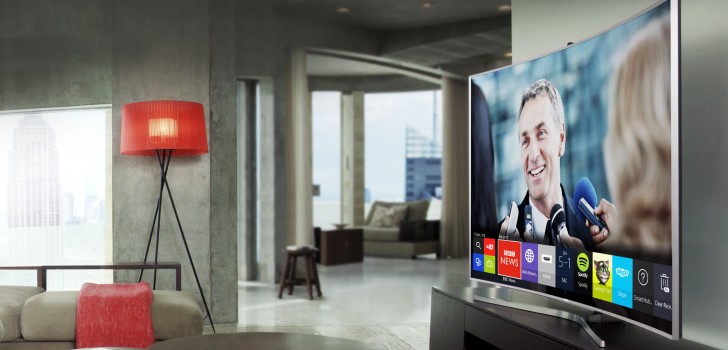All signs are indicating smartphone giant Apple will soon announce its serious entry into the immersive 3D technology sector based on industry chatter, patent filing information and the recent hiring of ‘CPU Software and Audio Engineer’, Nick Thompson.
It also makes sense given just about everyone, including Facebook, Google, Samsung and HTC, is planning a 3D headset of some sort for launch in 2016, which will likely be the year 3D displays hit the mainstream.
The experts say rumors have been floating around for several years that Apple was building a team to “explore the augmented reality (AR) space”, yet nothing had ever been confirmed. They say these rumours now appeared to be more fact than fiction with the appointment of Thompson, who formerly headed Microsoft’s HoloLens engineering team.
The experts said one interesting aspect of the new hire was that it really was a rehire as Thompson’s LinkedIn profile shows he has had a previous stint of seven years at Apple, as the senior engineering manager of the company’s audio software division. His industry profiles shows he was responsible for design, implementation and execution of Mac product’s built-in audio systems as well as the first-generation Apple TV.
Gene Munster, a Piper Jaffray analyst with a good track record on Apple calls said “Based on recent acquisitions of augmented reality companies, hiring of a key Microsoft Hololens employee, and conversations with industry contacts within the virtual and augmented reality spaces, we believe Apple has a team exploring the AR space,” he said.
Munster also noted that the acquisition of AR company Metaio by Apple was further evidence of the company’ intentions. Metaio is the holder of 171 worldwide patents and patent pending applications.
The experts say that following HoloLens’ “impressive debut” at the launch event for Microsoft’s Windows 10 in January this year, awareness of AR had been raised considerably as it showed that such hardware was possible with existing technology.
Munster said “We believe AR audio is often thought of as not important or secondary to the experience, however, we believe positional audio is what sells the experience and convinces the user there is a real object in front of you or behind you. The ability to re-create sound coming from a distinct location and changes based on proximity and direction of the object should not be overlooked.”
Stay Connected